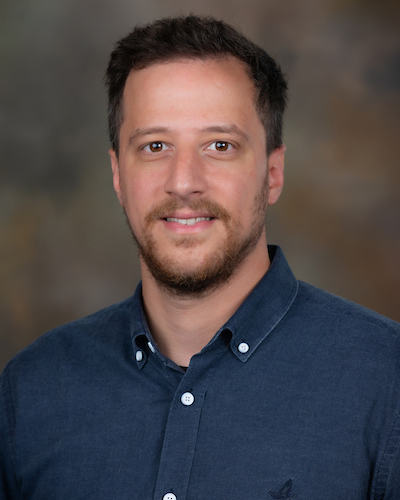
Department of Geosciences
Postdoctoral Fellow
Research Areas: Seismic Data Processing and Imaging, Full Waveform Inversion, Traveltime Tomography
Office: 2089 Beard Eaves Coliseum
Email: mau0009@auburn.edu
Over the past decade, I have amassed extensive experience in seismic data processing, working on a variety of projects that span both 2D marine and OBS datasets. My expertise encompasses both time and depth data processing, and I have successfully led two significant projects involving land and marine datasets (MCS) and marine datasets (OBS). My proficiency in advanced depth imaging and velocity model building has been honed through tackling complex subsurface structures in challenging fields. I have developed expertise in using Full Waveform Inversion and First Arrival Traveltime Tomography for velocity model building. Additionally, I have hands-on experience with the Earth Simulator (ES) at JAMSTEC, one of the world's most robust supercomputers, which has further enhanced my computational skills.
- Üge, M. A., Boston, B., Fujie, G., Shiraishi, K., Nakamura, Y., & Kodaira, S. (2025). Imaging continental rifting structures from Eastern Gondwana breakup by full-waveform inversion of marine wide-angle seismic data. Journal of Geophysical Research: Solid Earth, 130, e2025JB032388. https://doi.org/10.1029/2025JB032388
- Tezel, O., Üge, M.A. Exploration of hidden Pb–Zn–Cu–Au mineralization by geophysical methods (IP, resistivity, SP): a case study in Kirazoren mineralization, NE Turkey. Geosci J(2025). https://doi.org/10.1007/s12303-025-00009-4
- Uge, M. A., Shiraishi, K., Fujie, G., Nakamura, Y., & Kodaira, S. (2023, December). Seismic Imaging of Crustal Structures in the Lord Howe Rise by Full Waveform Inversion. In AGU Fall Meeting Abstracts (Vol. 2023, No. 221, pp. T13C-0221).
- Üge, M. A., & Kanlı, A. İ. (2022). Comparison of the results of the suppression of surface related multiple reflections by predictive deconvolution in pre- and post-stack in 2D marine seismic reflection data: a case study from the Sea of Marmara. Bulletin of the Mineral Research and Exploration, 167(167), 51-64. https://doi.org/10.19111/bulletinofmre.909820
- Üge, M.A., Kanlı, A.İ. (2024). Comparison of Migration Methods on Seismic Reflection Data from the Marmara Sea and Its Interpretation Using Active Tectonics. In: Çiner, A., et al. Recent Research on Geotechnical Engineering, Remote Sensing, Geophysics and Earthquake Seismology. MedGU 2021. Advances in Science, Technology & Innovation. Springer, Cham. https://doi.org/10.1007/978-3-031-43218-7_73
Last updated: 12/04/2025
